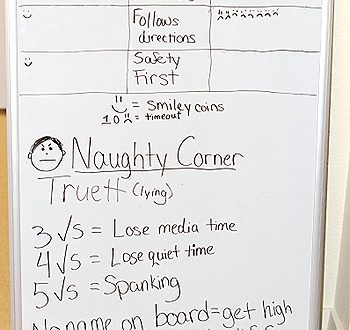Scaling Down the Homework -Pt 3
Homework is a very personal and sensitive topic, and most parents have their opinion on what is appropriate: what subjects, how much, due dates, and more. If you missed the first two installments of Scaling Down the Homework, you should read them before continuing with this article.
Scaling Down the Homework (Part 1)
Scaling Down the Homework (Part 2)
We Figured out the Problem with Homework
Our ideas were great, well-thought out, and successfully executed. Why, then, did they not work? They made sense in our minds, but would have only worked on a child whose mind thinks like my husband’s and mine.
My mentor and life coach Tony Robbins has taught me a lot about human behavior. In Personal Power, Robbins talks about the 2 factors which motivate people: “moving towards” and “moving away from.” A “moving towards” person will do something because of what they can gain from it (they move toward a benefit). A “moving away from” person will do something only to avoid a consequence (they move away from a punishment). One is motivated by an incentive and the other is motivated by pain.
“Moving towards” example: “You can have a cookie if you put away your toys.”
“Moving away from” example: “If you don’t put away your toys, you will lose your TV time.”
Our brains primarily work in one way or the other, not both. I am a “moving towards” person. I’m very into self-improvement and love to work hard at something if I see a benefit to me or my family. Incentives motivate me.
The incentives and systems we have developed for Hannah over the years have been designed for a “moving towards” person, such as a reading chart with rewards and prizes. THIS WAS OUR MISTAKE.
Hannah is, as we plainly realized this year, a “moving away from” person. She will do what is necessary to avoid a punishment or a consequence, but will only do the bare minimum that is required.
She is not like the kid in her class who reads extra time for fun or does extra credit for a better grade. Hannah does exactly what is required of her, and nothing more.
All the systems in the world offering Hannah rewards would not work. We tried reminding her that the faster she finished her work, the more time she would gain at night for games or fun activities.
Our systems did not work because we tried to give her incentives to move towards. She was not motivated by what she could gain – it really didn’t matter to her. Conversely, you can really light a fire under that child if you give her a consequence to move away from!
Also, my husband and I were taking responsibility for Hannah’s homework. We would nag her, prod her, and make her do it. Epiphany: Hannah’s homework is HER homework, her responsibility. If she doesn’t do it, she’ll have consequences to face at school. Those consequences are HERS to reckon with, not ours.
Armed with this knowledge, we were finally able to design the right plan of attack on homework. In the conclusion, Scaling Down the Homework (Part 4), you’ll learn our final plan that has worked wonderfully!


2 Comments
PlanningQuen
I am very interested in this issue. I hvae to run and pick up my kids from school, but will come back and read the other parts of this series then!
Danelle Ice
@PQ: Glad you liked this installment and I hope you got a chance to read the rest!
Danelle, Home Ever After